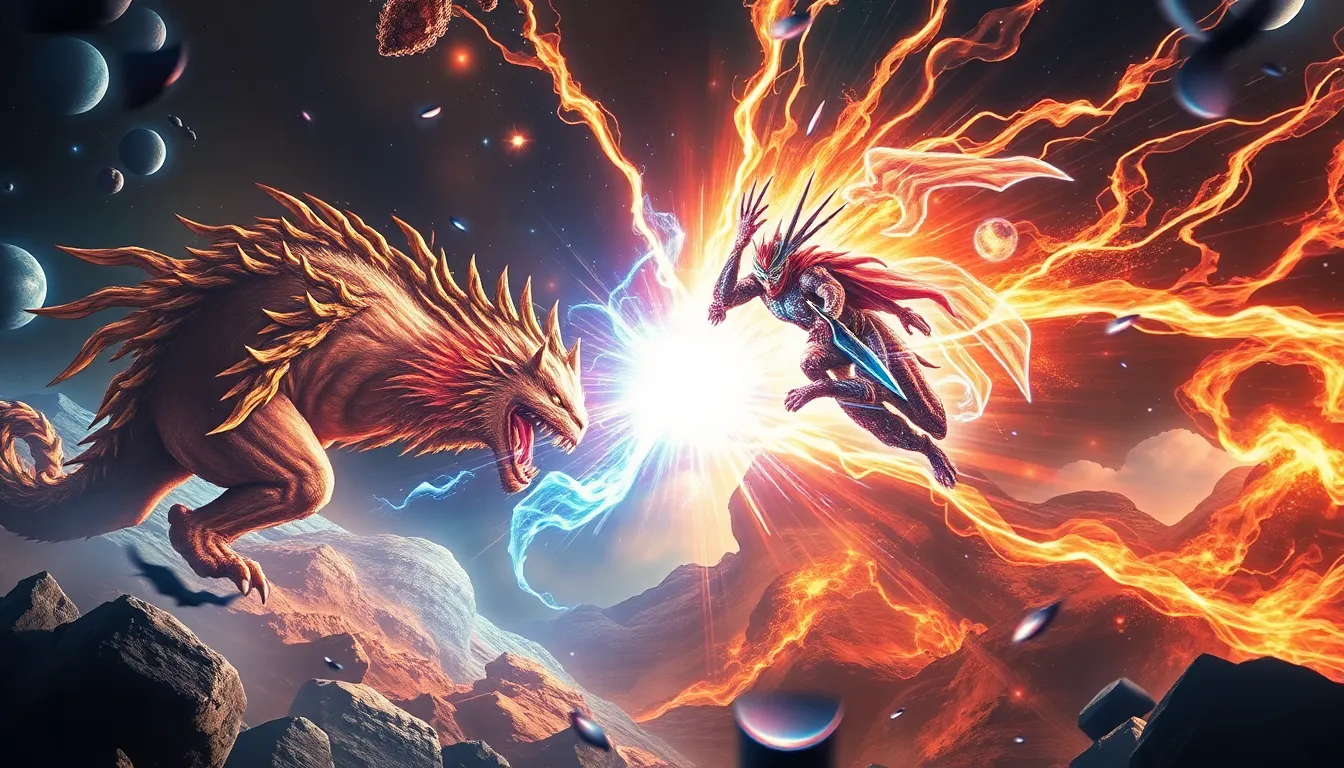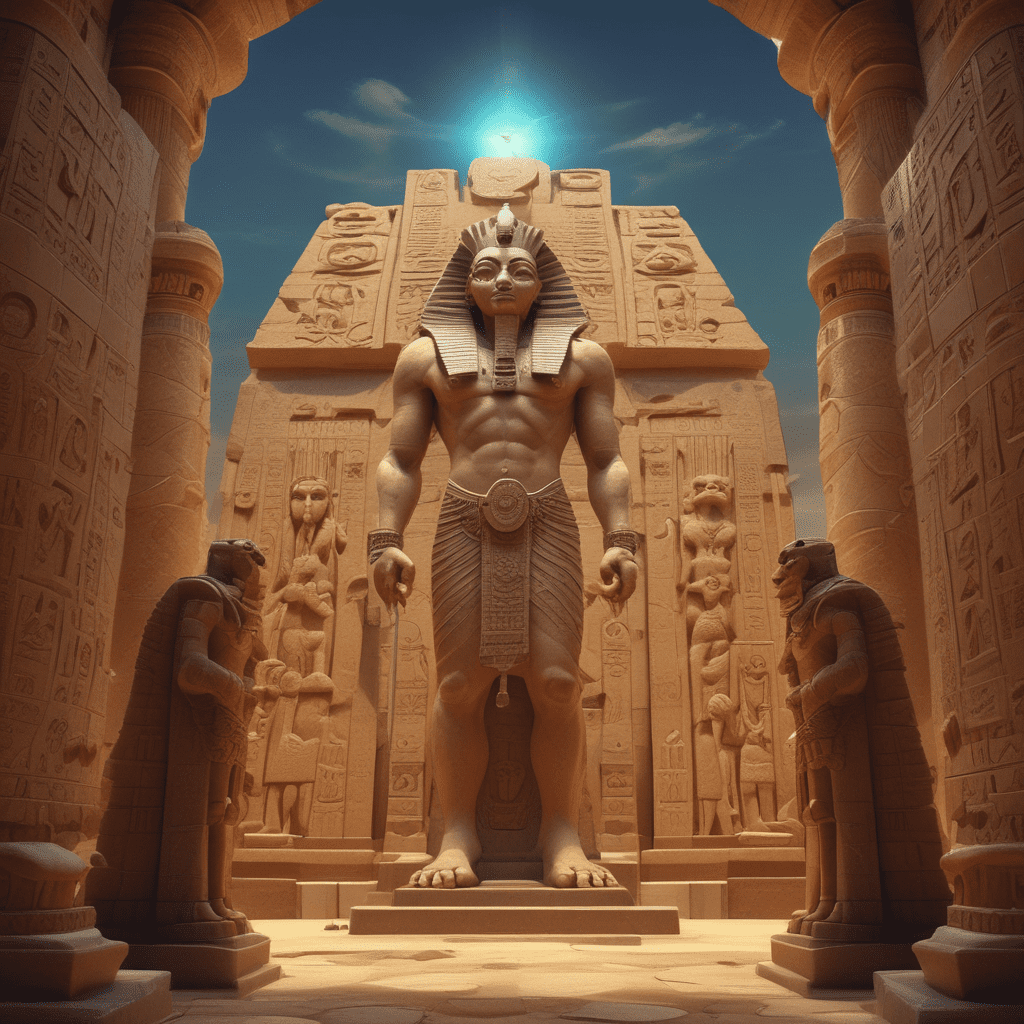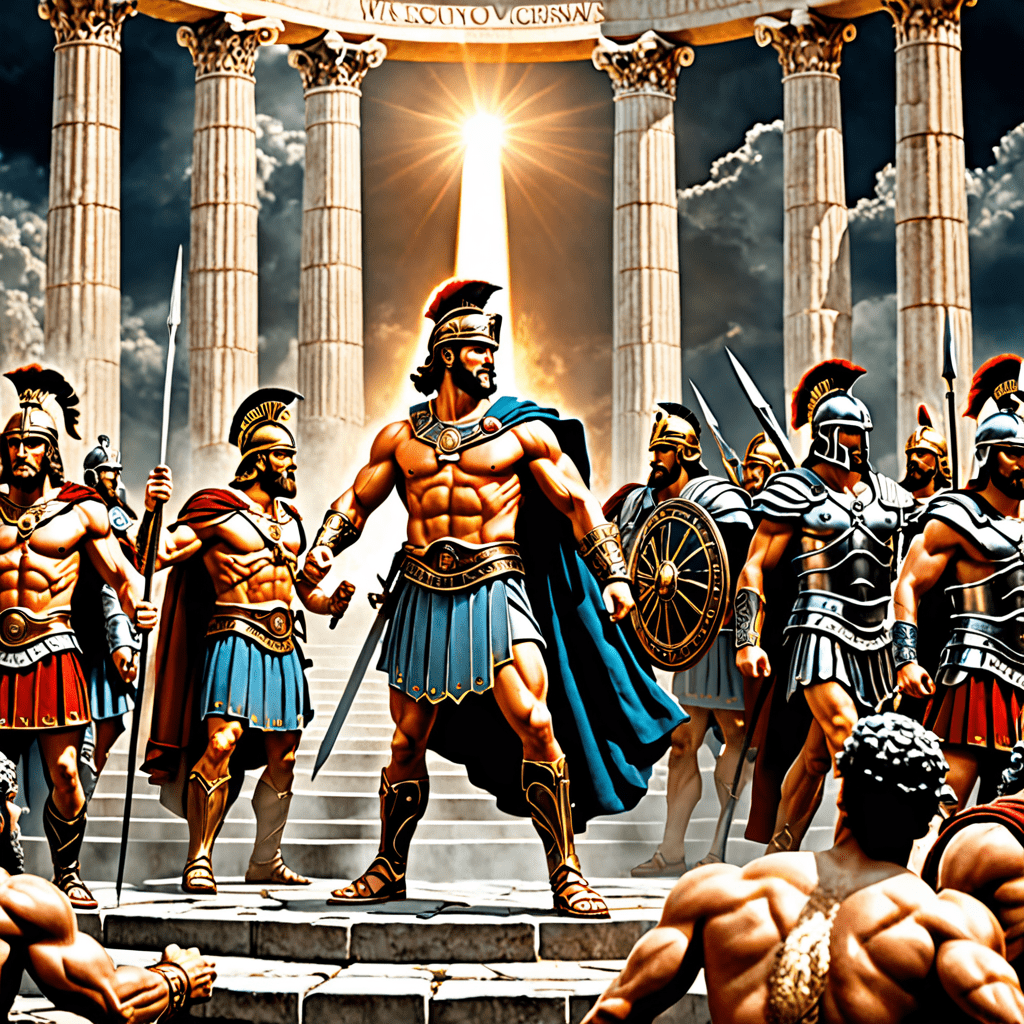The Most Enigmatic Ancient Deities: Myths That Keep Us Guessing
I. Introduction
Throughout history, ancient deities have played a pivotal role in the belief systems of various cultures. These divine figures often embody the values, fears, and mysteries of the societies that worship them, serving as both guardians and figures of reverence. Among these deities, some stand out due to their enigmatic nature, captivating the imagination of scholars and enthusiasts alike.
The allure of enigmatic deities lies in their complexity and the myriad interpretations of their myths. They often embody dualities, presenting themselves as both benevolent and malevolent, fostering a sense of intrigue and wonder. In this article, we will explore several fascinating myths surrounding some of the most enigmatic ancient deities, delving into their characteristics and the mysteries that keep us guessing.
II. The Nature of Enigmatic Deities
To understand the concept of “enigmatic” in the context of ancient mythology, we first need to define it. Enigmatic deities are those whose characteristics, stories, and roles are shrouded in mystery and often open to various interpretations. These deities typically possess:
- Ambiguity: Their nature and actions can be seen from multiple perspectives.
- Duality: They may embody opposing traits, such as creation and destruction.
- Mystique: Their stories often involve unexplained phenomena or complex narratives that provoke curiosity.
These characteristics contribute to the role of ambiguity and duality in ancient beliefs, allowing societies to explore the complexities of existence through their mythologies. The enigmatic nature of these deities often reflects the uncertainties and mysteries of the human experience itself.
III. Case Study: Cthulhu – The Cosmic Horror
Cthulhu is a creation of H.P. Lovecraft, a fictional cosmic entity that has become emblematic of the horror genre. First introduced in Lovecraft’s short story “The Call of Cthulhu,” this deity resides in a sunken city beneath the sea, waiting to awaken and reclaim the world. Cthulhu’s characteristics include:
- A monstrous appearance, combining human, octopus, and dragon-like features.
- A sense of vast, incomprehensible power that instills fear.
- A connection to cosmic horrors beyond human understanding.
In modern culture, Cthulhu represents humanity’s fear of the unknown and the insignificance of mankind in the universe. The interpretations of Cthulhu serve as a reflection of existential dread and the limits of human knowledge. This cosmic horror continues to captivate audiences, exemplifying the fascination with enigmatic beings.
IV. The Mystery of Hecate – The Triple Goddess
Hecate, a prominent figure in Greek mythology, is often depicted as a triple goddess representing the maiden, mother, and crone. She is associated with magic, witchcraft, and the underworld, making her a complex and enigmatic presence in ancient lore. Hecate’s characteristics include:
- Her ability to traverse the realms of the living and the dead.
- Her association with the moon and night, symbolizing mystery and intuition.
- The use of symbols such as keys, torches, and dogs, alluding to her protective nature.
The interpretations of Hecate’s symbolism often revolve around her dual role as a guardian and a guide through darkness. Her enigmatic nature encourages exploration of themes such as transformation, power, and the supernatural, making her a vital figure in both ancient and modern interpretations of mythology.
V. The Duality of Set – God of Chaos and Destruction
In ancient Egyptian mythology, Set is a complex deity representing chaos, storms, and disorder. Initially viewed as a protector of the pharaoh and the desert, Set’s role evolved into that of an antagonist, particularly in the myth surrounding Osiris. Set’s characteristics include:
- His role as both a protector of Ra and an adversary to Osiris.
- The embodiment of chaos, representing the necessary balance in the universe.
- His association with foreign lands and the unknown, often feared by the Egyptians.
The myths surrounding Set highlight the constant struggle between order and chaos, emphasizing that both are essential to the balance of the cosmos. His dual nature serves as a reminder that destruction can lead to rebirth, making him an enigmatic figure in ancient mythology.
VI. Loki – The Trickster God of Norse Mythology
Loki, a multifaceted character in Norse mythology, embodies both the helper and hinderer archetype. Known for his cunning and mischief, Loki’s actions often lead to chaos and unforeseen consequences. His characteristics include:
- A shapeshifter with the ability to transform into various forms.
- A complex relationship with the other gods, oscillating between ally and enemy.
- His role in significant events, including the death of Baldur and Ragnarok.
Key myths highlight Loki’s enigmatic traits, portraying him as a catalyst for both creation and destruction. His actions reflect societal values and the chaos inherent in life, making him a compelling figure that continues to resonate in popular culture.
VII. The Enigma of Quetzalcoatl – The Feathered Serpent
Quetzalcoatl, revered in Aztec and Mesoamerican mythology, is known as the Feathered Serpent. He is associated with wind, learning, and fertility, embodying a range of contradictory attributes. Quetzalcoatl’s characteristics include:
- His dual nature as both a creator and a destroyer.
- His connections to agriculture, arts, and knowledge.
- The mystery surrounding his departure and the prophecies of his return.
The enigmatic nature of Quetzalcoatl’s mythology raises questions about identity, sacrifice, and the cyclical nature of existence. His story continues to intrigue and inspire, reflecting the complexities of human culture and spirituality.
VIII. The Allure of Anubis – The Guardian of the Afterlife
Anubis, the ancient Egyptian god of mummification and the afterlife, is often depicted as a jackal or a man with a jackal’s head. He plays a crucial role in guiding souls to the afterlife and ensuring their safe passage. Anubis’s characteristics include:
- His role as a protector of the dead, overseeing the mummification process.
- His association with the weighing of the heart, determining the fate of souls.
- A mysterious presence linked to the transition between life and death.
The allure of Anubis lies in his enigmatic nature, embodying the fears and hopes associated with death and the afterlife. As the guardian of souls, he represents the unknown journey beyond life, making him a compelling figure in ancient Egyptian mythology.



